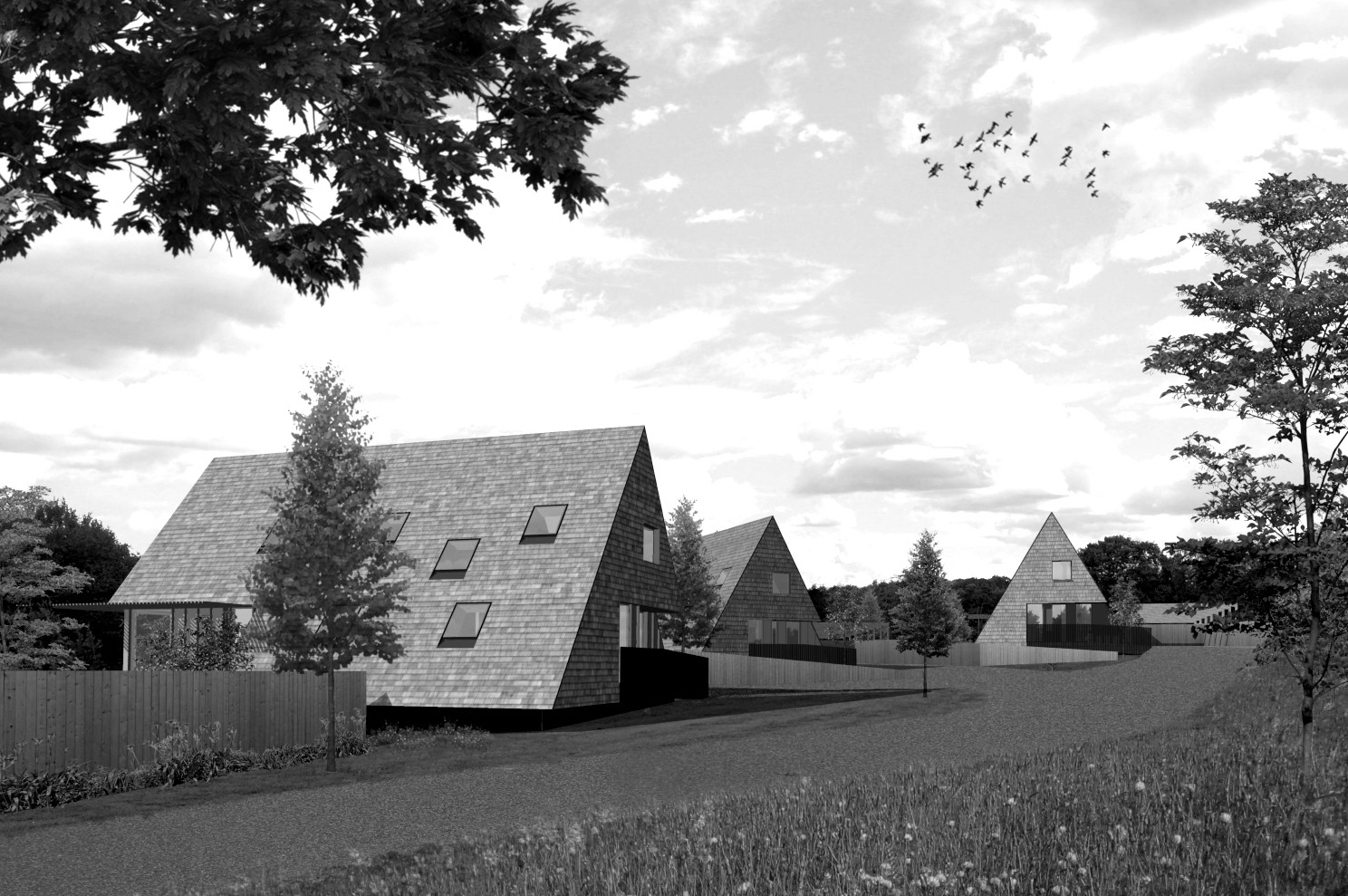Building a house on Green Belt land
It is theoretically possible to build a house on Green Belt land, but it’s not easy nor can it be guaranteed. The National Planning Policy Framework (NPPF) is the underlying planning policy for the development of land in the UK. However, the local planning office will also have their own policies on Green Belt development.
Image above by George, architect from East London. See his full profile and shortlist him fro your project.
Where is the Green Belt?
There is no single Green Belt or location. Rather, it is zoned land across the country, typically around major cities. It’s also a common misunderstanding that all Green Belt land is green or environmentally protected. The fundamental principles behind Green Belt land is to prevent urban sprawl and keeping the land between built-up/urban areas permanently open.
Should we be building housing on green belt land?
Green Belt land is protected from development for the very good reasons of retaining the open-space between cities and preventing urban sprawl.
However, there are some very compelling arguments that opening up the Green Belt to some development could offer critical solutions to the housing crisis and social inequality.
As described above, Green Belt land isn’t all green, rolling countryside. In fact there are many areas/plots, particularly in London, that are brownfield sites, scrubland and old industrial sites. This is set against a backdrop of high housing prices and housing shortages.
While many are lobbying to reform Green Belt policy entirely, there are already some exceptions written into the current National Planning Policy Framework that provide opportunities for sensitive and considerate development. Although, it says that a local planning authority should regard the construction of new buildings as inappropriate in the Green Belt, there are exceptions to this (that are relevant to building a single private dwelling house) are:
- the replacement of a building, provided the new building is in the same use and not materially larger than the one it replaces
- the extension or alteration of a building provided that it does not result in disproportionate additions over and above the size of the original building
- limited infilling in villages
- limited infilling or the partial or complete redevelopment of previously developed land, whether redundant or in continuing use (excluding temporary buildings), which would:
- not have a greater impact on the openness of the Green Belt than the existing development; or
- not cause substantial harm to the openness of the Green Belt, where the development would re-use previously developed land and contribute to meeting an identified affordable housing need within the area of the local planning authority.
In development of plots in the countryside, the NPPF advises that;
Planning policies and decisions should avoid the development of isolated homes in the countryside unless one or more of the following circumstances apply:
- There is an essential need for a rural worker, including those taking majority control of a farm business, to live permanently at or near their place of work in the countryside;
- the development would represent the optimal viable use of a heritage asset or would be appropriate enabling development to secure the future of heritage assets;
- the development would re-use redundant or disused buildings and enhance its immediate setting;
- the development would involve the subdivision of an existing residential building; or
- the design is of exceptional quality, in that it:
- is truly outstanding, reflecting the highest standards in architecture, and would help to raise standards of design more generally in rural areas; and
- would significantly enhance its immediate setting, and be sensitive to the defining characteristics of the local area.
Getting professional advice
Gaining planning permission for a Green Belt site can be very complex, and as described above, it’s more likely to be successful if the ‘design is of exceptional quality’.
Using a good architect will give you the best chance of gaining planning approval and their input and prior knowledge can be invaluable in terms of navigating the planning system and provide the best outcome in relation to your brief.
Finding the best architect for your home project…
Design for Me is a free platform to help you quickly find the right design professional for your home project.
Once you register your project, we’ll match it with 100s of top architects or architectural designers in your area and beyond, and you can see who may be available and eager to work on your project straight away.
- quickly see who’s interested in your job
- create a shortlist
- invite up to three for a no-obligation consultation
Emily Design for Me


